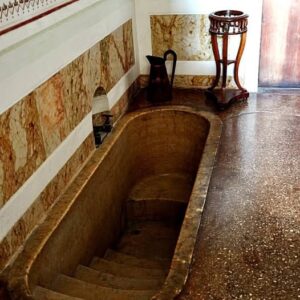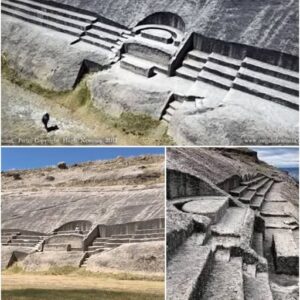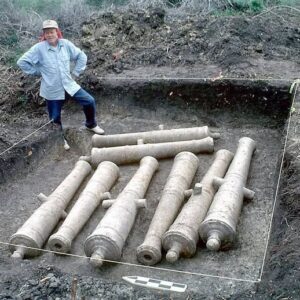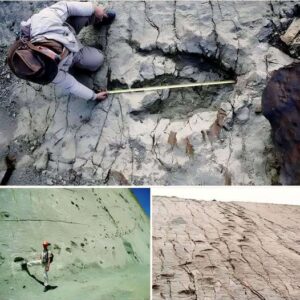Hidden beneath the rugged beauty of the windswept Orkney Islands in northern Scotland lies a remarkable secret that has captivated the world for centuries. In 1850, a powerful storm unleashed its fury upon the land, relentlessly stripping away layers of sand and soil to reveal an extraordinary treasure: Skara Brae, a perfectly preserved Neolithic village dating back an astonishing 5,000 years.
Often hailed as “Scotland’s Pompeii,” Skara Brae offers an unparalleled glimpse into the daily lives of our ancient ancestors, a thriving community that flourished around 3,200 BCE. As the storm subsided, the village emerged from its long slumber, showcasing eight interconnected stone houses, each complete with meticulously crafted stone furniture such as beds, dressers, and storage boxes.

The villagers of Skara Brae were skilled farmers, fishers, and hunters, living in harmony with their harsh environment. They fashioned tools from stone and bone, wove intricate textiles, and molded pottery with precision. The village’s sophisticated design, featuring well-insulated homes with central hearths for cooking and warmth, speaks volumes about the ingenuity of its inhabitants.
One of the most intriguing features of Skara Brae is its stone furniture, particularly the prominently placed dressers that once proudly displayed treasured possessions. The stone beds, varying in size and believed to designate hierarchy within the household, offer a glimpse into the social structure of this ancient community.
The preservation of organic materials at Skara Brae has provided archaeologists with invaluable insights into the Neolithic diet, consisting of cattle, sheep, fish, and a variety of wild plants. This wealth of information has enabled researchers to reconstruct the culinary habits of the villagers with remarkable accuracy.
Today, Skara Brae stands as a UNESCO World Heritage Site, drawing visitors from across the globe to marvel at its ancient splendor. Walking through the village, one can almost hear the faint echoes of bygone eras, feel the warmth emanating from the hearths, and envision the vibrant society that once thrived within these stone walls. Skara Brae serves as a poignant reminder of the resilience and creativity of our forebears, leaving an indelible mark on the tapestry of human history that continues to inspire and fascinate us to this day.





